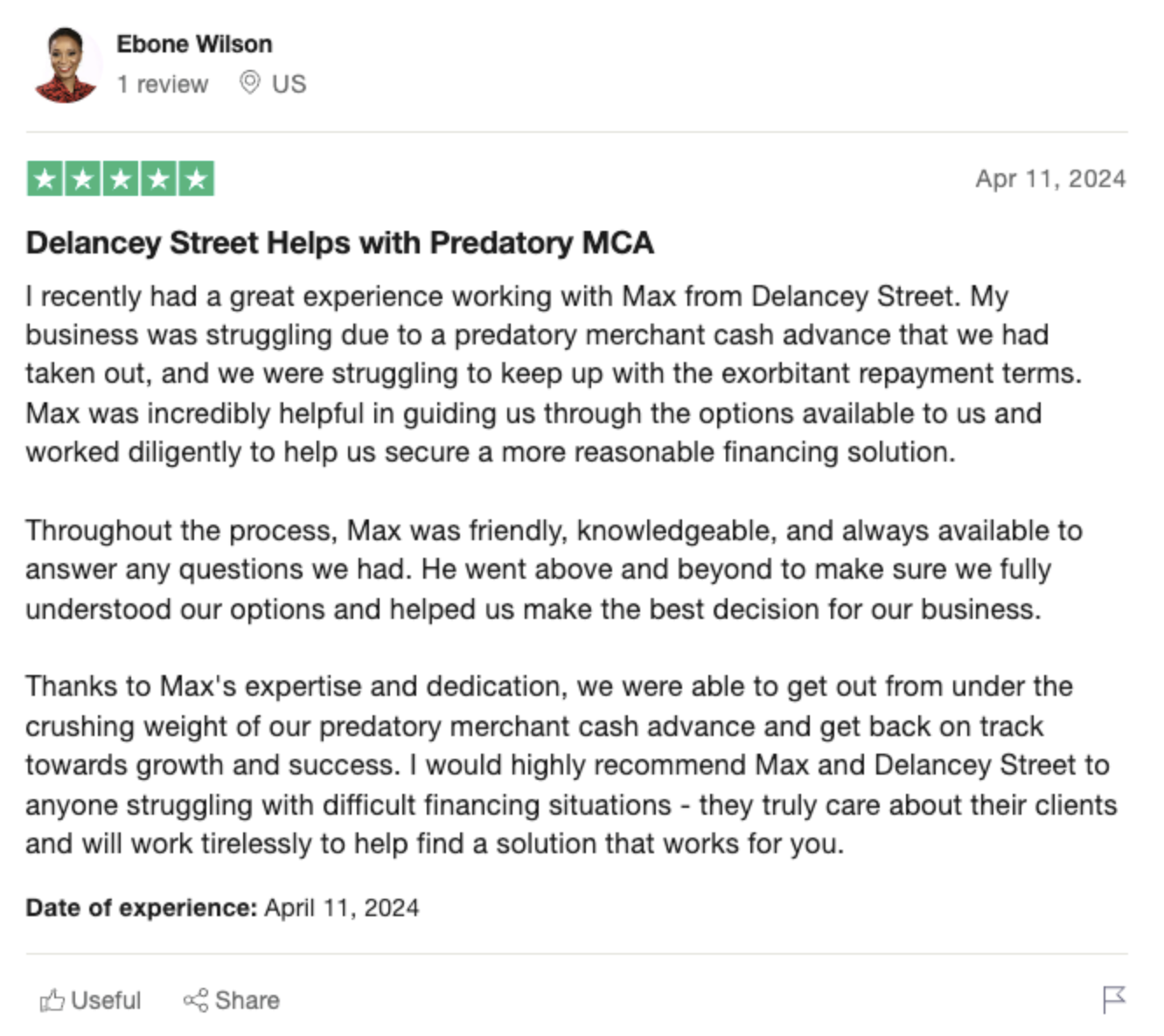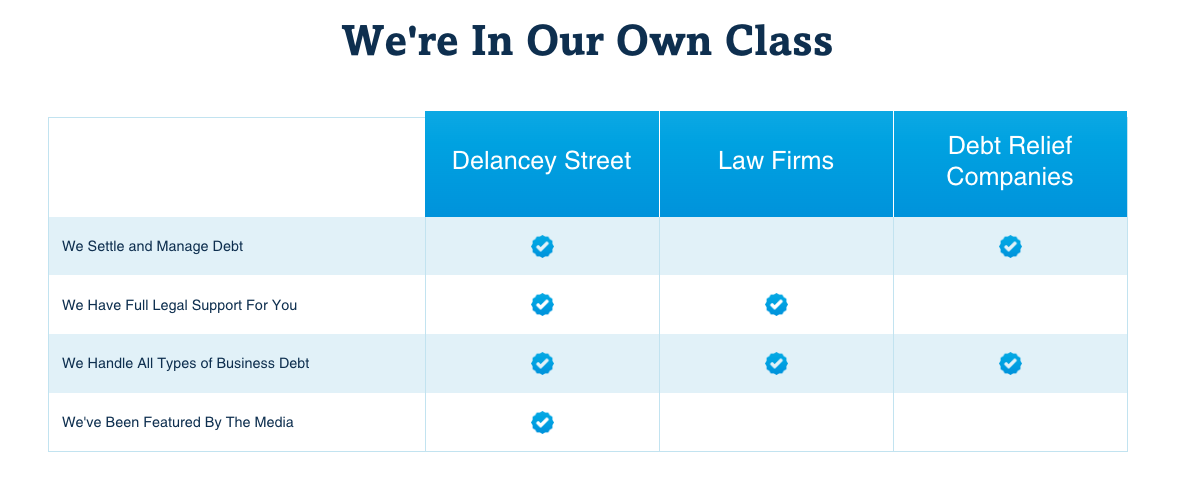Hey there! If you’re reading this, chances are you’ve got some questions about capital accounts. Maybe you’re a business owner trying to wrap your head around how they work, or an investor looking to understand your stake in a company. Well, you’ve come to the right place!In this ultimate guide, we’ll dive deep into the world of capital accounts, breaking down everything you need to know in a way that‘s easy to understand and actually useful. No confusing jargon or boring lectures here – just straight talk and practical advice. So grab a cup of coffee, get comfy, and let’s get started!
What the Heck are Capital Accounts Anyway?
First things first – what exactly are capital accounts? In simple terms, a capital account is a record of the financial contributions made by each owner or partner in a business. It tracks the money and assets each person puts in, as well as their share of the profits (or losses) over time.Think of it like a scorecard for your business. Just like in sports, you need to keep track of who’s contributing what and how it all adds up. That’s what capital accounts do – they give you a clear picture of each owner‘s skin in the game.
 -
-Now, capital accounts are most commonly used in partnerships and LLCs (limited liability companies). In these types of businesses, each partner or member has their own capital account that reflects their ownership stake.For example, let’s say you and your best friend decide to open a bakery together. You put in $50,000 to get things started, while your friend chips in $30,000. Your capital accounts would show that you own a bigger slice of the pie (pun intended) because you contributed more capital upfront.
Why Capital Accounts Matter
Okay, so now you know what capital accounts are. But why should you care? Well, there are a few big reasons:
- They help you track ownership: Capital accounts make it crystal clear who owns what in your business. There’s no room for confusion or disputes down the line.
- They impact how profits are shared: In most cases, profits and losses are divvied up among owners based on their capital account balances. The more you’ve put in, the bigger your share of the rewards (or risks).
- They come into play for taxes: When it comes time to file taxes, capital accounts help determine each owner’s tax liability. Profits and losses flow through to each partner’s individual tax return based on their ownership percentage.
- They’re key for financial decision-making: Want to bring on a new partner or take out a loan? You’ll need a clear picture of your capital accounts to make informed choices.
So as you can see, capital accounts are a pretty big deal. They’re not just some accounting mumbo-jumbo – they have real implications for how your business operates and how much money ends up in your pocket.
The Nitty Gritty: How Capital Accounts Work
Alright, now that we’ve covered the basics, let‘s get into the nitty gritty of how capital accounts actually work. Don’t worry – we’ll keep things as painless as possible!
 -
-Initial Contributions
When you first set up your capital accounts, each owner will make an initial contribution. This could be in the form of cash, property, or services (like if one partner is putting in sweat equity instead of money).These initial contributions establish each person’s ownership stake and form the starting balance of their capital account. So if you put in $50,000 and your partner puts in $50,000, you each own 50% of the business and have a starting capital account balance of $50,000.Pretty straightforward so far, right? But here‘s where it gets a bit trickier…
Allocating Profits and Losses
As your business earns profits (or suffers losses), those get allocated to each partner‘s capital account based on their ownership percentage.So let’s say your bakery has a banner year and earns $100,000 in profit. If you and your partner each own 50%, you‘d each get $50,000 added to your capital account. Woohoo!On the flip side, if you had a rough year and lost $20,000, you‘d each see your capital account reduced by $10,000. Ouch.Now, it‘s important to note that these allocations don‘t necessarily mean you’re taking money out of the business. The profits and losses are just on paper at this point – it’s up to you and your partners to decide if and when to actually distribute any cash.
Distributions and Withdrawals
Speaking of distributions, that’s another key piece of the capital account puzzle. When you take money out of the business, whether it’s to pay yourself a salary or just to enjoy the fruits of your labor, that’s called a distribution.Distributions reduce your capital account balance. So if you have a capital account of $100,000 and take out $25,000, your new balance would be $75,000.It’s important to keep track of distributions and make sure they’re allocated fairly among partners. You don’t want to end up in a situation where one person is taking out way more than their fair share!In some cases, partners might also make withdrawals from their capital accounts. This is different from a distribution because it’s not coming from business profits – it‘s a partner essentially taking back some of their initial investment.Like distributions, withdrawals also reduce your capital account balance. And just like distributions, it’s important to have clear agreements in place about when and how withdrawals can happen.
The Bottom Line
At the end of the day, your capital account balance reflects your current ownership stake in the business. It‘s the sum of your initial contribution, your share of any profits or losses, and any distributions or withdrawals you‘ve made along the way.Keeping accurate capital accounts is crucial for maintaining a clear picture of who owns what and ensuring everyone is being treated fairly. It’s not the most glamorous part of running a business, but it’s definitely one of the most important!
Practical Tips for Managing Your Capital Accounts
Okay, so we’ve covered a lot of ground here. But what does all this mean for you as a business owner or investor? Here are some practical tips to help you stay on top of your capital accounts:
 -
-- Keep meticulous records: This one might seem obvious, but it’s worth emphasizing. You need to track every single contribution, distribution, and withdrawal down to the penny. Use accounting software, spreadsheets, or good old-fashioned pen and paper – whatever works for you. Just make sure you’re being consistent and thorough.
- Have clear agreements in place: Before you even start your business, make sure you have written agreements outlining how capital accounts will be managed. This includes things like how profits and losses will be allocated, what happens if a partner wants to leave the business, and any restrictions on distributions or withdrawals. Trust me, it’s much better to hash these things out upfront than to try to figure them out in the heat of the moment.
- Communicate regularly with your partners: Capital accounts can be a source of tension and conflict if not managed properly. Make sure you’re having open and honest conversations with your partners about the state of your capital accounts and any concerns or questions that come up. A little bit of proactive communication can go a long way in preventing bigger issues down the line.
- Work with a professional: If you’re feeling overwhelmed by the complexity of capital accounts, don’t be afraid to bring in some professional help. A good accountant or financial advisor can be worth their weight in gold when it comes to keeping your books in order and ensuring compliance with all relevant laws and regulations. They can also offer valuable insights and advice on how to optimize your capital accounts for maximum benefit.
Real-World Examples
Sometimes the best way to understand a concept is to see it in action. Here are a few real-world examples of how capital accounts can play out:
Example 1: The 50/50 Split
Let’s say you and a friend decide to start a landscaping business. You each contribute $25,000 in cash to get things started, giving you each a 50% ownership stake and a starting capital account balance of $25,000.In your first year of business, you earn a net profit of $50,000. That profit gets split evenly between your capital accounts, so you each see an increase of $25,000. Your new capital account balances are $50,000 each.The next year, you decide to take a distribution of $10,000 each to pay yourselves a little bonus. That reduces your capital accounts to $40,000 each.At the end of the year, you‘ve earned another $60,000 in profit. That gets divided up, so you each see an increase of $30,000, bringing your final capital account balances to $70,000 each. Not too shabby!
Example 2: The Silent Partner
Now let‘s imagine a slightly different scenario. You’re starting a tech startup and you need some serious cash to get off the ground. You put in $50,000 of your own money, and you also bring on an investor who contributes $200,000.Based on your agreement, the investor will be a silent partner, meaning they won’t be involved in the day-to-day operations of the business. They’re just providing capital in exchange for a share of the profits.Your starting capital accounts would look like this:
 -
-- You: $50,000 (20% ownership)
- Investor: $200,000 (80% ownership)
In your first year, the business loses $100,000. Ouch. That loss gets allocated according to ownership percentages, so your capital account is reduced by $20,000 (20% of the loss), while the investor‘s is reduced by $80,000 (80% of the loss).Your new capital account balances are:
- You: $30,000
- Investor: $120,000
The next year, things turn around and the business earns a profit of $250,000. That gets allocated the same way, so your capital account increases by $50,000 (20% of the profit) and the investor‘s increases by $200,000 (80% of the profit).Your ending capital account balances are:
- You: $80,000
- Investor: $320,000
As you can see, the investor‘s larger initial contribution means they’re entitled to a bigger share of the profits (and losses) over time. But your smaller ownership stake still has the potential for big growth if the business does well!
Example 3: The Unequal Partnership
Finally, let‘s look at an example where the partners have unequal ownership stakes from the start.Imagine you‘re starting a restaurant with two partners. Based on your initial contributions, the ownership breakdown looks like this:
- Partner A: $150,000 (50%)
- Partner B: $100,000 (33.33%)
- You: $50,000 (16.67%)
In the first year, the restaurant breaks even – no profit, no loss. Everyone‘s capital accounts stay the same.The next year, you manage to turn a profit of $120,000. That gets allocated based on ownership percentages:
- Partner A: $60,000 (50% of the profit)
- Partner B: $40,000 (33.33% of the profit)
- You: $20,000 (16.67% of the profit)
Your new capital account balances are:
- Partner A: $210,000
- Partner B: $140,000
- You: $70,000
Later that year, Partner B decides to leave the business. Based on your partnership agreement, the remaining partners have the option to buy out their ownership stake at the current capital account value.You and Partner A decide to split the buyout 50/50. So you each contribute $70,000 to buy out Partner B‘s $140,000 stake.
Your new ownership percentages and capital account balances are:
- Partner A: $280,000 (66.67%)
- You: $140,000 (33.33%)
As you can see, buying out a partner can be a big financial decision that impacts your capital accounts and ownership stake. It’s important to have clear agreements in place for how to handle these situations!







